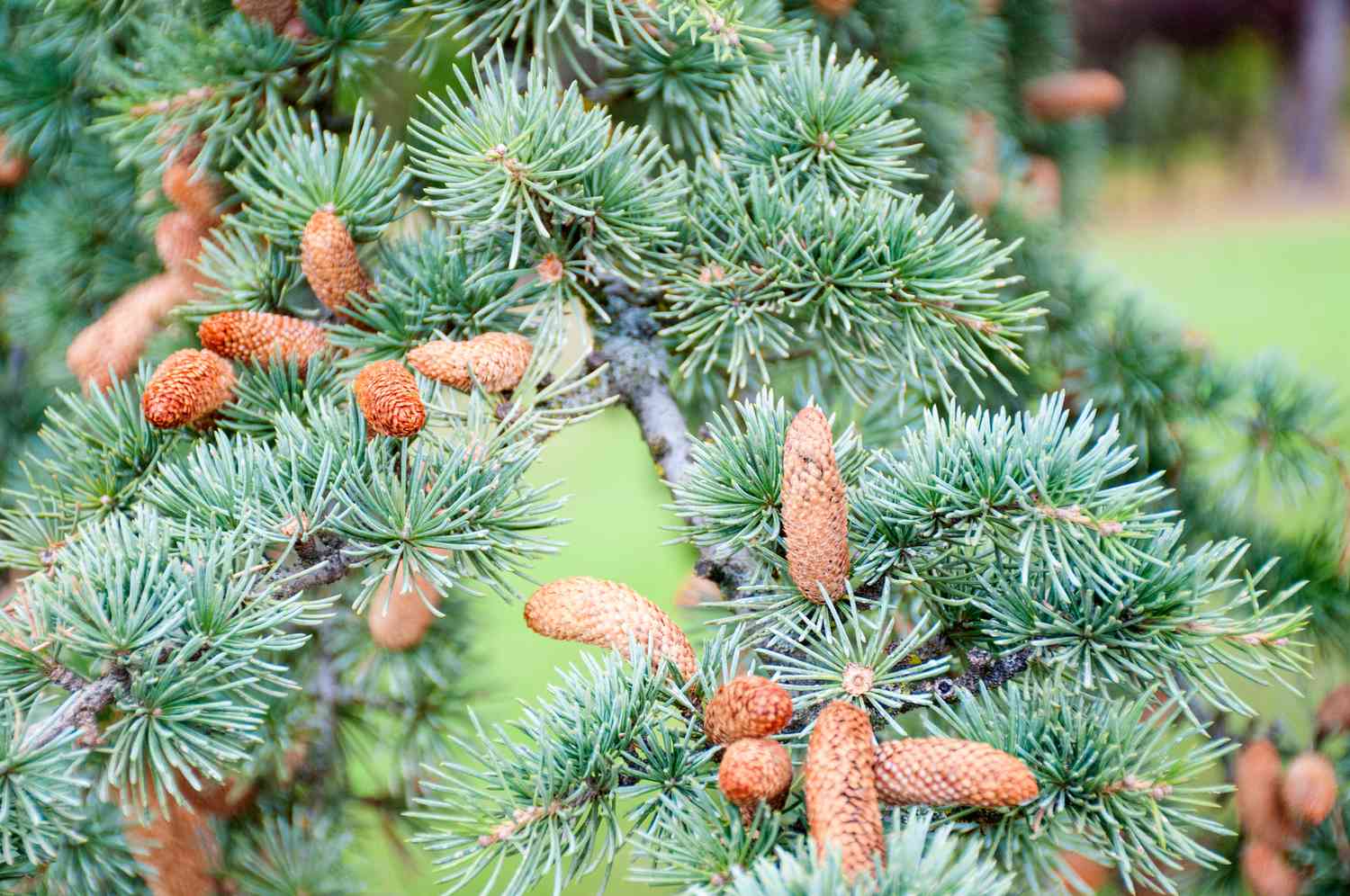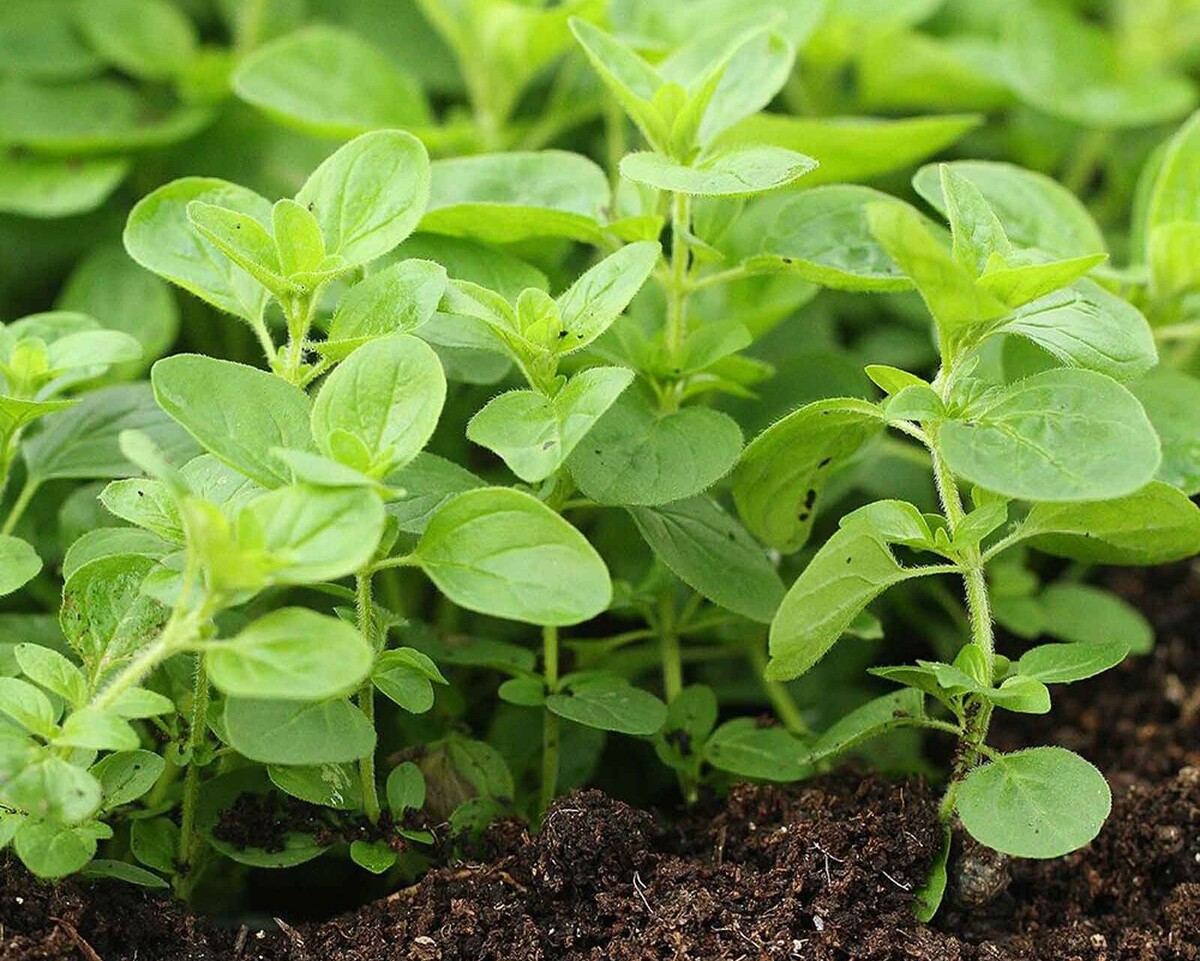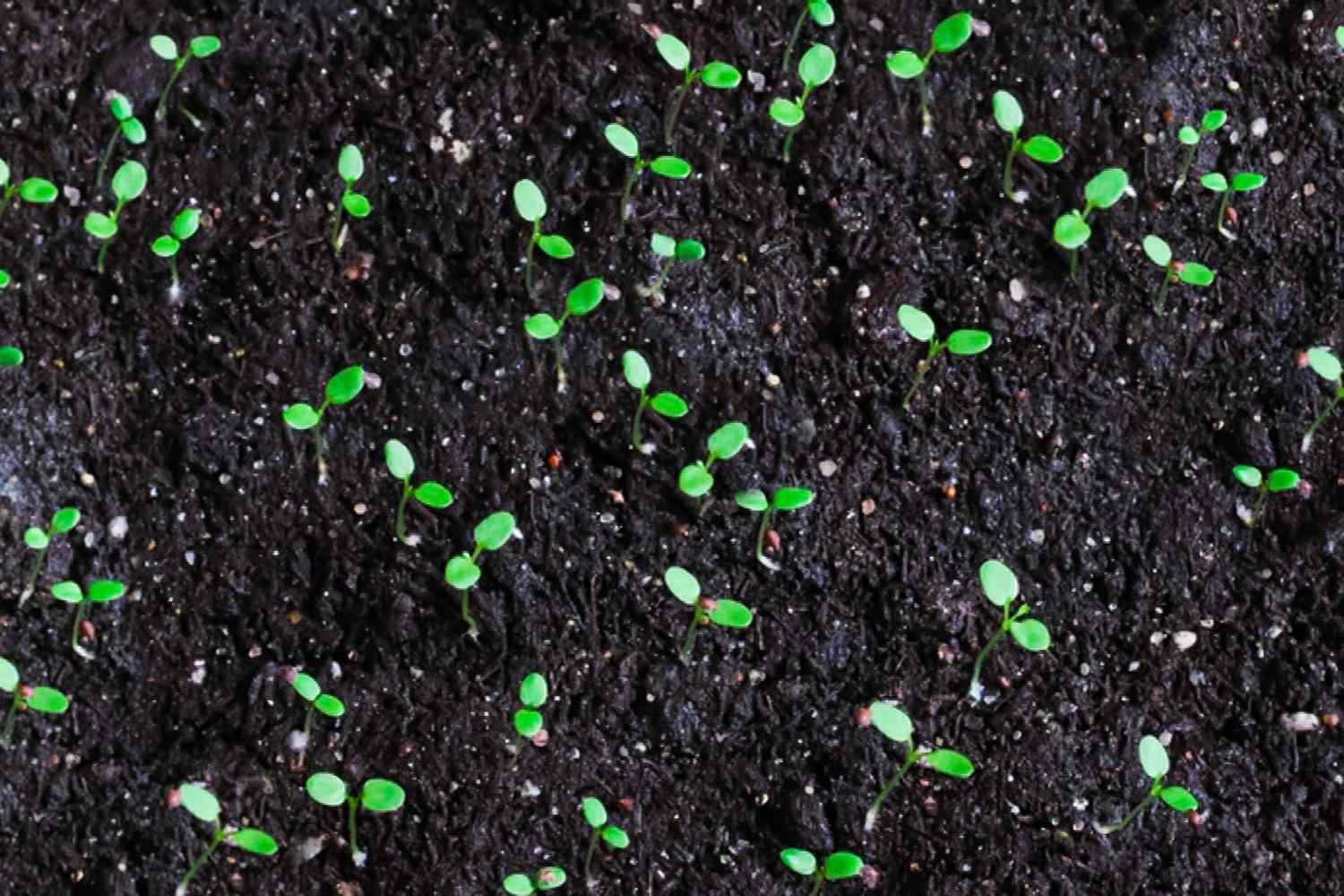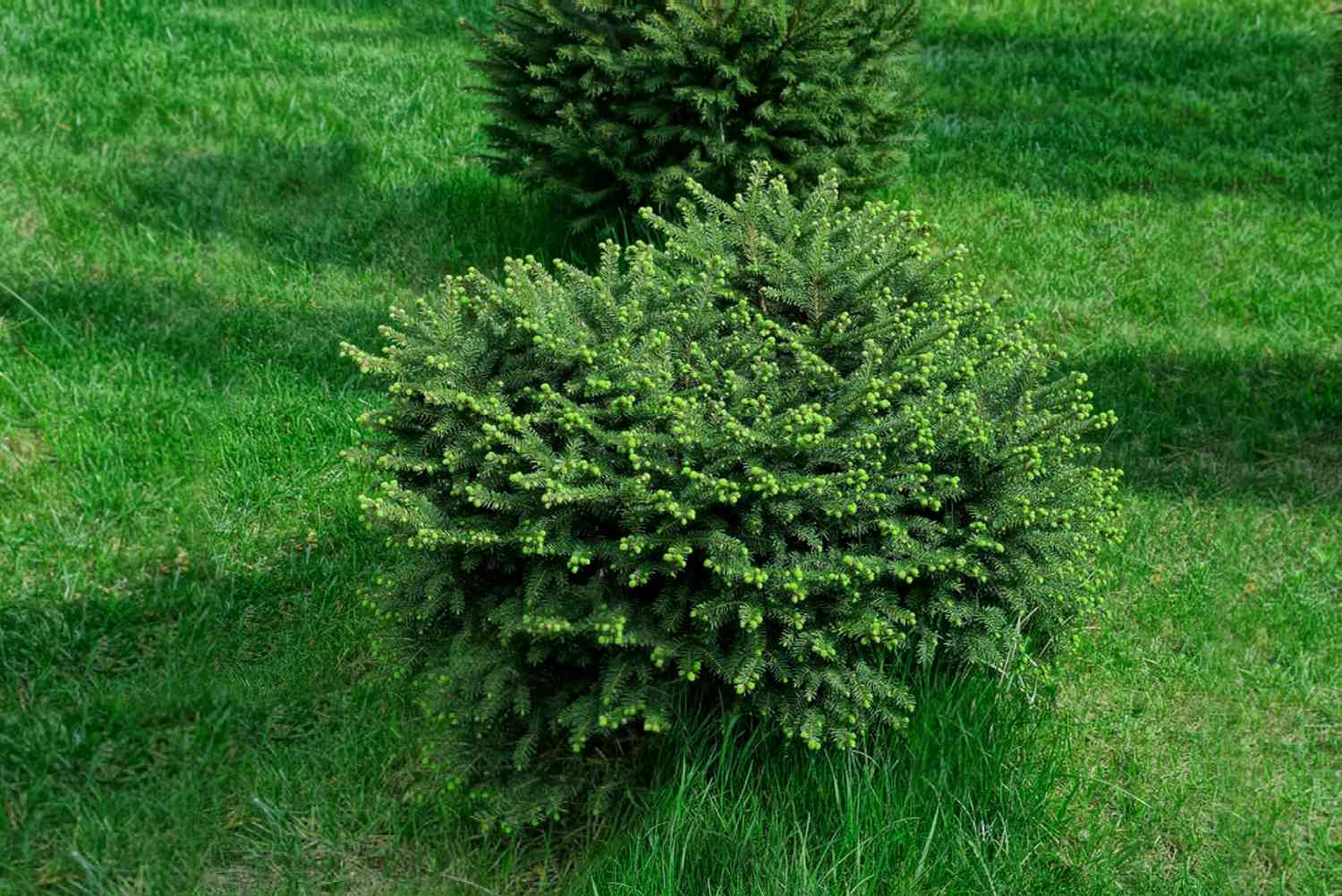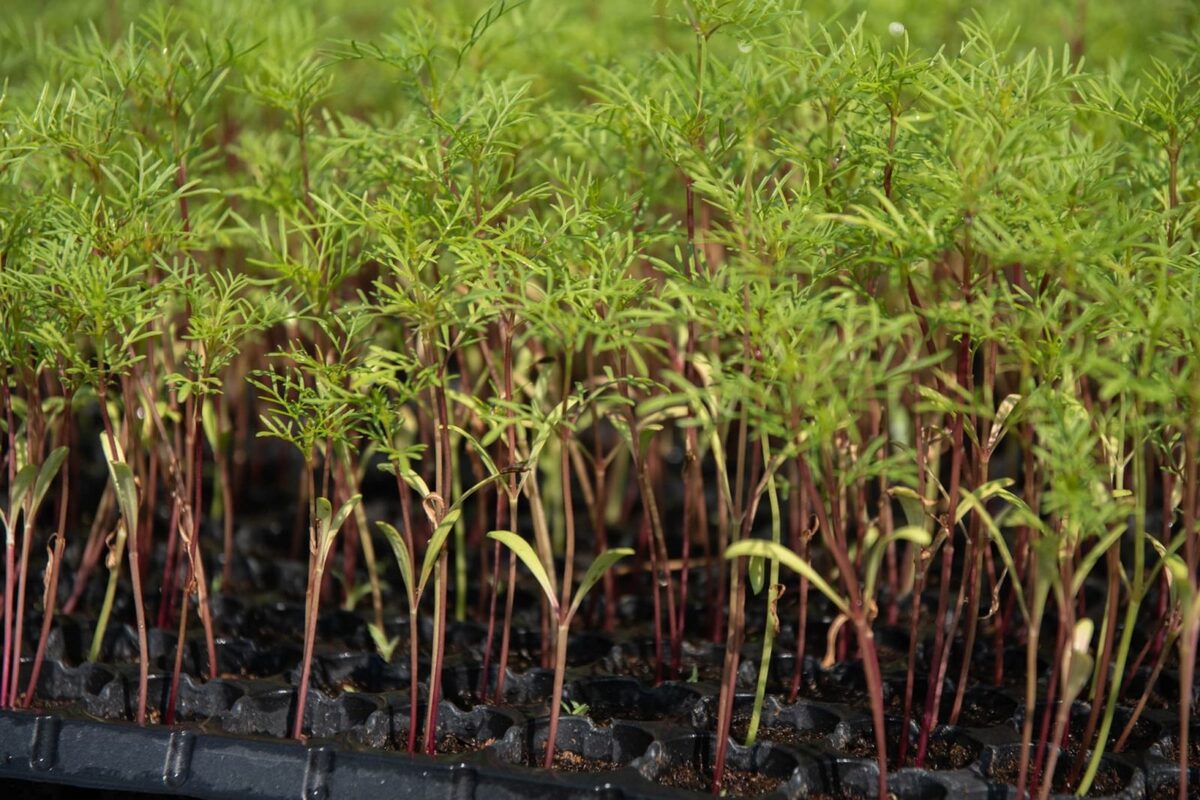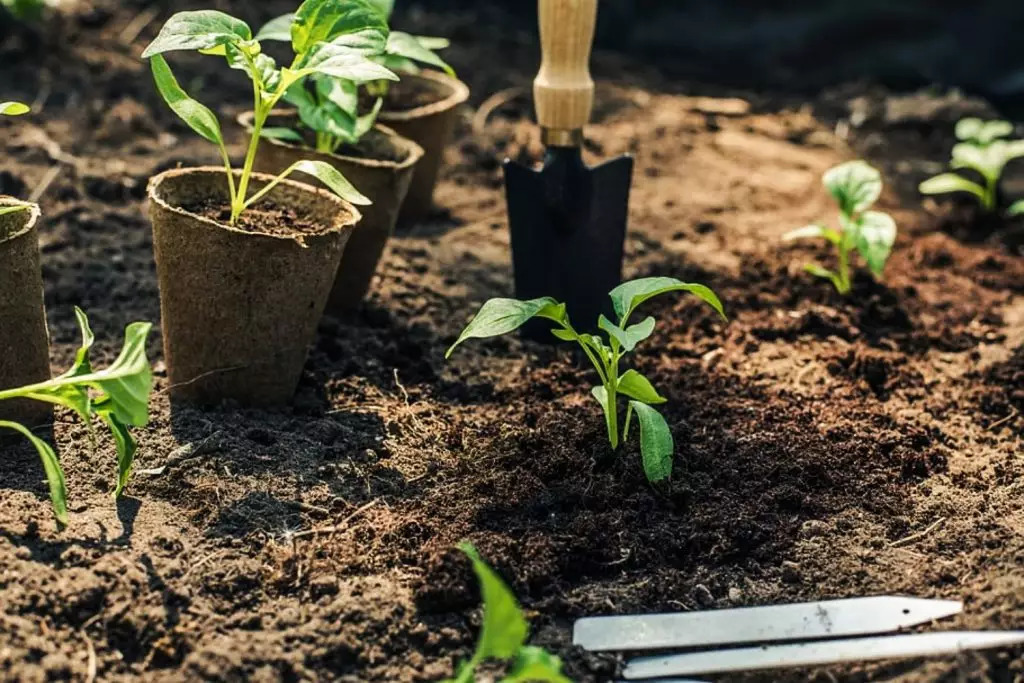Home>Types of Gardening>Ornamental Gardening>What Do Yarrow Seeds Look Like
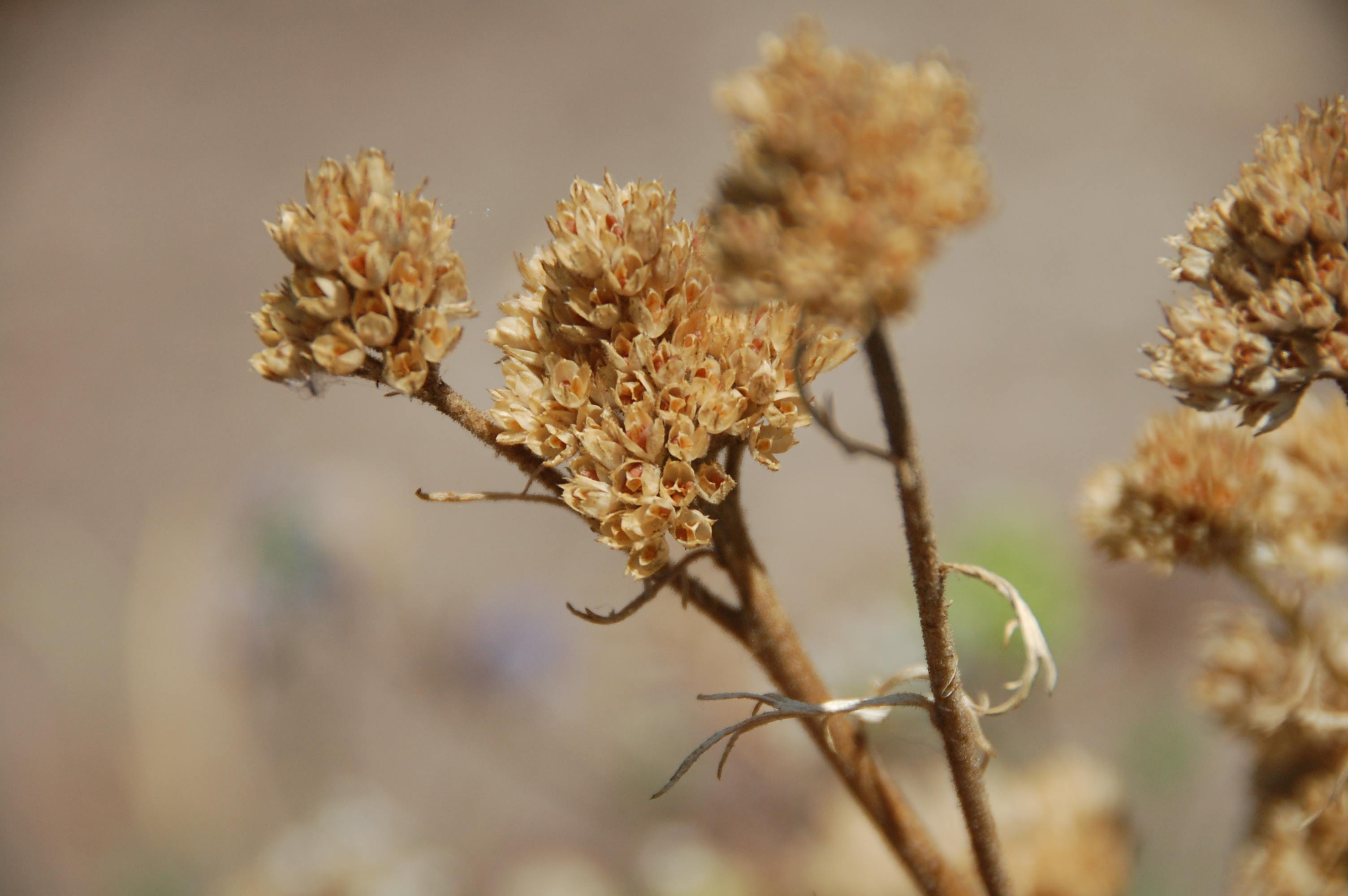

Ornamental Gardening
What Do Yarrow Seeds Look Like
Modified: January 22, 2024
Discover what yarrow seeds look like and how they can enhance your ornamental gardening. Learn more about yarrow seed characteristics and planting tips.
(Many of the links in this article redirect to a specific reviewed product. Your purchase of these products through affiliate links helps to generate commission for Chicagolandgardening.com, at no extra cost. Learn more)
Table of Contents
Introduction
Welcome to the world of ornamental gardening, where beauty and creativity come together to transform outdoor spaces into enchanting havens. One key element in achieving a stunning garden is the selection of the right plants. While many gardeners focus on flowers and foliage, there is one often overlooked aspect that can add both visual interest and texture to any garden: yarrow seeds.
Yarrow, scientifically known as Achillea millefolium, is a perennial flowering plant that is native to many regions around the world. It is loved by garden enthusiasts for its delicate and vibrant blooms, as well as its ability to attract pollinators like butterflies and bees. However, what many people might not know is that yarrow seeds play a vital role in the plant’s lifecycle.
Understanding the characteristics of yarrow seeds can help gardeners immensely when it comes to cultivating these beautiful plants. From their physical appearance to their germination process, every aspect of yarrow seeds holds valuable information that can contribute to successful growing endeavors.
In this article, we will explore the fascinating world of yarrow seeds, diving into their physical characteristics, colors, sizes, and textures. We will also delve into the process of germinating these seeds, providing insights and tips to help you achieve flourishing yarrow plants in your garden.
So, whether you are a seasoned gardener looking to enhance your ornamental gardening skills or a novice exploring the wonders of plant cultivation, let’s embark on this journey to discover what yarrow seeds truly look like and how they can elevate the beauty of your outdoor space.
Yarrow Seeds: An Overview
Before we delve into the physical characteristics of yarrow seeds, let’s take a moment to understand their significance in the world of gardening. Yarrow seeds are not only the starting point of the plant’s life cycle but also a means of propagating and expanding its presence in a garden.
Yarrow seeds are small, yet mighty. They contain all the genetic information required for the development of a yarrow plant. When provided with the right conditions, these seeds have the potential to grow into vigorous and beautiful specimens, showcasing the stunning flowers and aromatic foliage that yarrow is known for.
Gardeners often collect yarrow seeds for a variety of reasons. Some seek to preserve heirloom varieties, ensuring the continuation of specific traits and characteristics. Others opt to collect seeds to share with fellow garden enthusiasts or to cultivate unique and rare yarrow cultivars.
When it comes to yarrow, the possibilities are endless. The seeds can be sown directly in the garden bed or started indoors and transplanted later. They can even be saved for future seasons, allowing for a continuous cycle of growth and expansion.
Now that we understand the significance of yarrow seeds, let’s dive into the exciting world of their physical characteristics, exploring their colors, sizes, and textures. By gaining a deeper understanding of these features, we can better appreciate the beauty and complexity of the yarrow plant.
Physical Characteristics of Yarrow Seeds
Yarrow seeds possess distinct physical characteristics that set them apart from other seeds. Understanding these features can greatly assist gardeners in identifying and handling yarrow seeds effectively.
Color: Yarrow seeds typically have a dark brown or black color. This dark hue is due to the seed coat, which protects and encases the embryo within. The deep coloration not only provides an attractive contrast to the surrounding soil but also aids in heat absorption during germination, ensuring optimal conditions for the seed to sprout.
Size and Shape: Yarrow seeds are small and oblong in shape, measuring approximately 1-2 millimeters in length. Their slender and elongated appearance makes them easy to handle and sow with precision. Despite their diminutive size, yarrow seeds are mighty in potential, capable of producing vibrant and resilient plants.
Texture: When held between fingertips, yarrow seeds have a smooth texture. The seed coat is thin and delicate, enabling moisture to penetrate and initiate the germination process. This smooth texture also contributes to their ease of handling, allowing gardeners to sow them precisely where desired.
These physical characteristics give yarrow seeds their unique identity and make them recognizable in a pool of various plant seeds. By familiarizing yourself with the appearance and feel of yarrow seeds, you can confidently incorporate them into your gardening practices.
So, the next time you come across yarrow seeds, take a moment to appreciate their dark and alluring color, their petite and elongated shape, and the smooth texture that holds the potential for a breathtaking display of yarrow blooms in your garden.
Color of Yarrow Seeds
The color of yarrow seeds is an intriguing aspect that adds to their allure. Yarrow seeds typically exhibit a dark brown or black color, creating a striking contrast against the surrounding soil or planting medium.
This dark coloration is primarily attributed to the seed coat, which envelops and protects the embryo within the seed. The seed coat serves as a barrier, shielding the delicate embryo from external factors such as moisture loss, pests, and diseases. It also plays a crucial role in regulating the germination process.
The dark color of yarrow seeds has additional advantages beyond its visual appeal. It aids in heat absorption during germination, as the dark surface absorbs more sunlight than lighter-colored seeds. This helps in maintaining optimal soil temperature, promoting successful germination and seedling development.
When choosing yarrow seeds for germination or propagation, it is essential to look for seeds that have a uniform dark brown or black color. This indicates that the seeds are mature, viable, and more likely to germinate successfully. Avoid seeds that appear light-colored or have discolorations, as they may be immature or damaged.
Furthermore, the dark color of yarrow seeds adds a touch of sophistication to any seed collection. When stored in clear containers or seed packets, the dark seeds stand out, creating an attractive display. This makes it easier to identify and locate yarrow seeds when it’s time for planting or sharing with fellow gardeners.
Overall, the dark brown or black color of yarrow seeds not only enhances their visual appeal but also serves important functional purposes. So, when selecting yarrow seeds for your garden, appreciate the richness of their color and the potential it holds for the growth and beauty of your plants.
Size and Shape of Yarrow Seeds
The size and shape of yarrow seeds play a significant role in their handling and planting. These physical characteristics contribute to the successful germination and growth of yarrow plants.
Yarrow seeds are small and typically measure around 1-2 millimeters in length. Despite their small size, they possess immense potential for growth and transformation. The compact nature of yarrow seeds allows for easy storage and transportation, making them convenient for gardeners.
The shape of yarrow seeds is elongated and oblong, resembling tiny grains of rice. This slender appearance facilitates precision and accuracy when sowing seeds. Gardeners can handle and distribute yarrow seeds with ease, ensuring they are planted in the desired locations with proper spacing.
Additionally, the size and shape of yarrow seeds determine the amount of energy and resources stored within. Yarrow seeds contain all the necessary genetic material and nutrients required for the seedling’s initial growth until it establishes a strong root system.
When handling yarrow seeds, it is important to ensure their uniformity in size and shape. Seeds that deviate significantly from the expected size may indicate immaturity or damage. Opt for seeds that are plump and have a consistent shape, as these are more likely to be viable and result in successful germination.
The small size and elongated shape of yarrow seeds also make them ideal candidates for direct sowing. They can be easily scattered across the soil surface or placed in small indentations made with a finger or gardening tool. Their compact form ensures efficient use of space and resources in the garden bed.
By understanding and appreciating the size and shape of yarrow seeds, gardeners can effectively handle, plant, and nurture these tiny powerhouses. So, when you hold yarrow seeds in your hands, marvel at their petite and elongated nature, knowing that within these small grains lies the potential for vibrant and beautiful yarrow plants.
Texture of Yarrow Seeds
The texture of yarrow seeds is an important characteristic that plays a vital role in their germination and handling. Yarrow seeds have a smooth and delicate texture, which makes them easy to work with and ensures successful growth.
When held between fingertips, yarrow seeds feel smooth and silky. This smooth texture is primarily due to the thin seed coat that covers the embryo. The seed coat acts as a protective layer, safeguarding the sensitive internal structures of the seed from external elements. It also helps regulate the exchange of moisture and gases during the germination process.
The smooth texture of yarrow seeds has practical advantages for gardeners. It allows for precise and effortless handling when sowing seeds. Gardeners can easily pick up individual seeds and place them in the desired planting locations, ensuring proper spacing and distribution.
Furthermore, the smooth texture of yarrow seeds aids in moisture absorption. The seed coat allows water to penetrate and reach the dormant embryo, triggering the germination process. This ensures that the seed has the necessary hydration to begin its growth journey.
When dealing with yarrow seeds, it is important to handle them with care due to their delicate texture. Rough handling or excessive pressure can damage the seed coat and compromise the viability of the seed. It is recommended to use gentle and precise movements to sow yarrow seeds, ensuring their optimal condition for germination.
As gardeners, we can appreciate the smooth texture of yarrow seeds, recognizing the role it plays in the success of our gardening endeavors. So, the next time you hold a yarrow seed in your hand, let your fingertips experience the silkiness of its texture, knowing that within this delicate package lies the potential for a thriving and vibrant yarrow plant.
Germination of Yarrow Seeds
The germination process of yarrow seeds is a fascinating journey that ultimately leads to the emergence of new plants. Understanding the factors that influence yarrow seed germination can greatly contribute to successful cultivation and growth.
Yarrow seeds have specific requirements to initiate germination. The primary factors that influence the germination of yarrow seeds are moisture, temperature, light, and soil conditions.
Moisture is crucial for yarrow seed germination. When provided with adequate moisture, the seed coat softens, allowing water to penetrate and activate the dormant embryo. It is important to ensure that the soil or planting medium remains consistently moist during the germination process to facilitate proper seedling development.
Temperature also plays a significant role in yarrow seed germination. Yarrow seeds prefer a temperature range of 60-70°F (15-21°C) for optimal germination. These moderate temperatures provide the ideal conditions for the biochemical processes within the seed to occur, leading to successful sprouting.
While moisture and temperature are the primary requirements, light can also have an impact on yarrow seed germination. Yarrow seeds are considered light-dependent germinators, meaning they require exposure to light for successful germination. It is advisable to lightly press yarrow seeds into the soil surface or cover them with a thin layer of vermiculite to ensure they receive the necessary amount of light.
Regarding soil conditions, yarrow seeds prefer well-draining soil that is rich in organic matter. This type of soil provides the ideal environment for root development and prevents issues such as root rot. It is important to prepare the soil before sowing yarrow seeds, ensuring that the structure is loose and friable.
Once the optimal conditions are met, yarrow seeds typically germinate within 7 to 14 days. Tender shoots emerge from the soil, and with proper care and maintenance, they grow into mature, flowering yarrow plants. It is essential to provide adequate watering, sunlight, and regular fertilization to support the growth of these young yarrow seedlings.
As a gardener, understanding the germination process of yarrow seeds allows you to provide the ideal conditions for their growth. Providing the right combination of moisture, temperature, light, and soil conditions will maximize the chances of successful germination and the establishment of healthy yarrow plants in your garden.
Conclusion
Ornamental gardening is a wonderful way to bring beauty and creativity to outdoor spaces, and yarrow seeds have a special place in this world of horticultural wonder. Understanding the physical characteristics of yarrow seeds, such as their color, size, shape, and texture, can greatly assist gardeners in successfully cultivating these stunning plants.
The dark brown or black color of yarrow seeds adds visual appeal and aids in heat absorption during germination, ensuring optimal conditions for growth. Their small and elongated shape makes them easy to handle and sow precisely, while their smooth texture allows for efficient moisture absorption.
Yarrow seeds, with their remarkable potential, serve as the starting point of the plant’s life cycle. Their successful germination relies on providing adequate moisture, temperature, light, and soil conditions.
By delving into the world of yarrow seeds, gardeners can tap into the captivating journey of seed germination. Witnessing the emergence of new yarrow plants and witnessing their glorious blooms is a rewarding experience that only adds to the joy of ornamental gardening.
So, whether you’re a seasoned gardener looking to enhance your green space or a novice exploring the wonders of yarrow cultivation, remember to admire the unique characteristics of yarrow seeds. From their dark and alluring color to their small and elongated shape, and their smooth texture that holds the promise of new life, yarrow seeds are true marvels of nature.
Embrace the potential of these tiny grains and let the magic of yarrow seeds unfold in your garden. With proper care, nurturing, and a touch of creativity, you can create a vibrant and enchanting outdoor space filled with the captivating beauty of yarrow plants.
